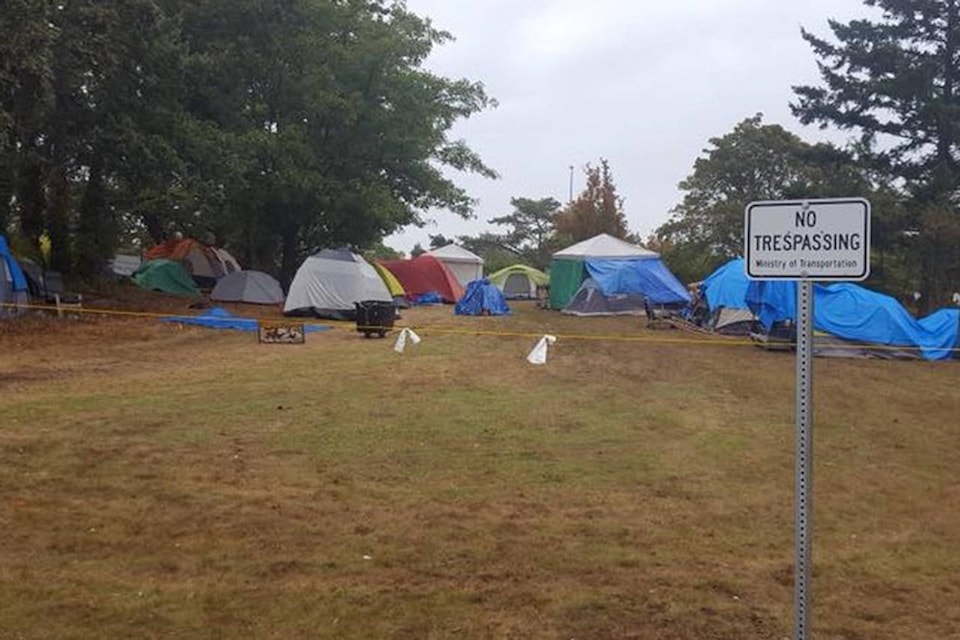Homelessness is a seemingly over-saturated theme in the media lately.
Most recently the conversation is a sequential run from tent city, to Camp Namegans, to Goldstream Park, but the story starts far further back than that, and can be directly related to colonization.
Personal assessments from staff at Pacifica Housing, who were looking to house camp residents, found that close to 80 per cent of surveyed Camp Namegans residents self-identify as Indigenous, but this trend is not new.
In this year’s point-in-time count, released in July, more than 1,500 people in Victoria were found to be experiencing homelessness.
More than 33 per cent of those people identified as Indigenous, despite the fact that they make up less than one per cent of the city’s general population.
According to Statistics Canada, one in seven non-Indigenous Canadians live in poverty, while the number jumps to one in four when looking at Indigenous populations.
“How do we address this concentrated poverty and lack of housing on reserves?” said Fran Hunt-Jinnouchi, executive director of the Aboriginal Coalition to End Homelessness.
“How can we do it in Indigenous ways on Indigenous lands?” she continued. “How do we Indigenize harm reduction?”
The questions are weighted with years of abuse and trans-generational trauma against First Nations, Métis and Inuit populations that continue to live with the effects of residential schools and continued systematic biases.
It is these experiences that have caused Hunt-Jinnouchi to see three generations of a family living in a shelter at once, or Indigenous foster children turned into a shelter by their foster parents once they aged-out.
The Coalition was originally designed to conduct research about homelessness in Aboriginal populations, but has recently switched its focus, serving as a housing provider after finding an astounding gap in services specifically catered to Indigenous needs.
This realization stemmed from a pilot project between the Coalition and the City of Victoria called the Mayor’s Priority Task Force.
The project identified 74 especially vulnerable individuals – including 20 Indigenous people – and found them supportive housing that included a family room with access to an Elder, and programs to re-connect people with their Indigenous cultures.
“We need to take this from a whole new angle, and sometimes people ask ‘how is it helping the homeless to provide them culture?’ ” Hunt-Jinnouchi said. “That’s a piece of their heart and collective consciousness.”
She said that people in the pilot project have largely stayed housed, but still need further resources for healing and recovery.
“There is a real desire to connect to their culture… that’s why housing is not the only solution,” she said. “Supportive housing is critical, but it’s not just the physical structure.”
The Coalition’s first official housing project will be a 21-bed supportive housing complex in the 800-block of Hillside Avenue for Indigenous women, who are twice as likely to face homelessness than non-Indigenous women.
The project will begin this fall and is scheduled to finish in Spring 2019.
The Coalition has also applied with Health Canada to partner with Victoria’s Cool Aid Society to offer an Indigenous-focused alcohol recovery program, which holds healing and spiritual components.
In the future, they also hope to be able to offer more housing options, and a holistic healing centre for Indigenous peoples.
“This is a homegrown problem, and it needs homegrown solutions and an Indigenous lens,” Hunt-Jinnouchi said.
